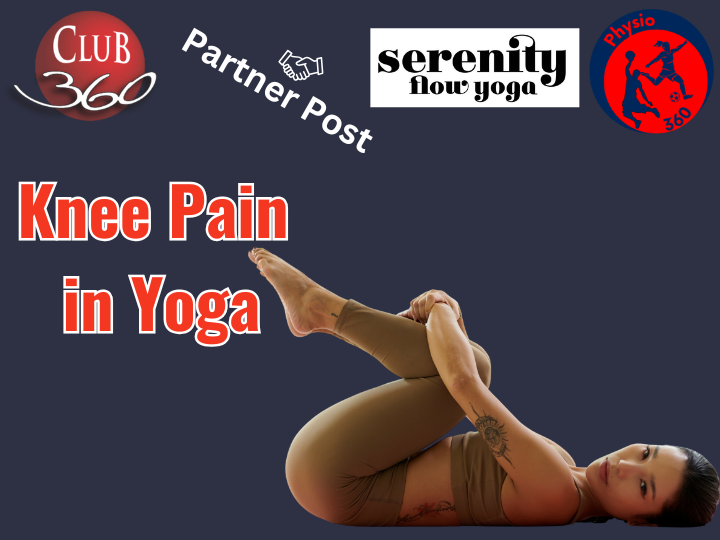Do Topical Pain-Relieving Patches Really Work?
- sam17903
- Sep 10, 2025
- 3 min read
Topical pain-relieving patches — or “shippu” — are everywhere in Japan. If you’ve ever tweaked your back, strained your shoulder, or felt sore after a long day, chances are someone has handed you one of these cooling or warming patches. They’re available over the counter at any pharmacy, or you might get a stronger version prescribed by your doctor. They’re popular with everyone from office workers to athletes. But do they actually work — or are they just expensive stickers that make us feel like we’re doing something helpful?
To see the video version of this, check out our instagram page:

So, what exactly are they? Broadly speaking, there are three main types:
1. Anti-inflammatory patches: These contain active ingredients like ibuprofen or loxoprofen (you might know the brand Loxonin). These work by blocking COX enzymes that drive inflammation. Weaker versions (like 1% loxonin) are sold over the counter, while stronger ones need a prescription.
2. Counterirritant patches: These don’t contain real anti-inflammatory drugs. Instead, they create a warming or cooling sensation using ingredients like menthol, camphor, or red pepper extract (capsaicin).
3. Herbal patches: These use natural extracts like ginger or traditional Chinese medicine blends.
Despite how common they are, there’s surprisingly limited high-quality research on whether shippu really work. A recent systematic review and meta-analysis looked at transdermal anti-inflammatory patches for acute and chronic musculoskeletal pain. The results? There’s low-quality evidence that these patches provide some statistically and clinically significant pain relief for chronic pain in the long term. For short-term pain, the benefit exists but is so small that it’s probably not meaningful for most people. There also haven’t been good studies comparing anti-inflammatory patches to counterirritant or herbal ones. In other words: they might help a bit, but don’t expect miracles.
So, why do so many people swear by them? Pain is complex. It’s not just about tissue damage — it’s about how your brain interprets signals. Patches can work in a few different ways: the medicine might help, especially for superficial issues like a tendon sheath injury; the sensation of cool or warmth can soothe the brain and distract you from pain; the expectation that it will help can actually reduce pain — this is real and measurable; and the ritual — opening the packet, peeling the patch, putting it on — can be comforting in itself. Some people say, “So it’s just a placebo?” But in musculoskeletal medicine, these “psychosocial effects” are part of how treatment works. They can’t be separated out — they’re not “fake,” they’re real.
One important point: these patches don’t penetrate deeply. They might help with surface-level inflammation — like in tendons or near the skin — but if you’re putting one on your lower back hoping it’ll treat a deep disc issue or hip joint arthritis, you’re probably not getting much anti-inflammatory benefit. Some medication can be absorbed into the bloodstream through the skin — that’s how nicotine patches or hormone patches work — but NSAIDs in these amounts aren’t that potent systemically. In fact, if we really want someone to get a topical anti-inflammatory effect, we’re more likely to recommend a cream — like Voltaren gel — which has a higher concentration of diclofenac and better odds of doing something useful.
So, should you use them? Our general advice is similar to what we say about ice, heat, and other simple pain relief methods: If it feels good and gives you some relief, that’s great. If it helps you move more, exercise, and stick with your rehab plan — that’s even better. Just don’t expect the patch itself to fix the underlying problem. And always watch out for skin irritation or rashes, especially if using menthol or capsaicin patches.
The bottom line: topical pain-relieving patches might help a little — mostly through mild medication and the soothing effect of cool or warmth. But the bigger benefit is often that they help people feel comfortable enough to keep moving, exercising, and doing the things that actually help recovery. If that’s the case for you, they’re worth it — just keep realistic expectations.
If you’d like advice on how to manage pain, stay active, or get back to doing what you love, the team at Club 360 is here to help. Get in touch with us any time.






Comments